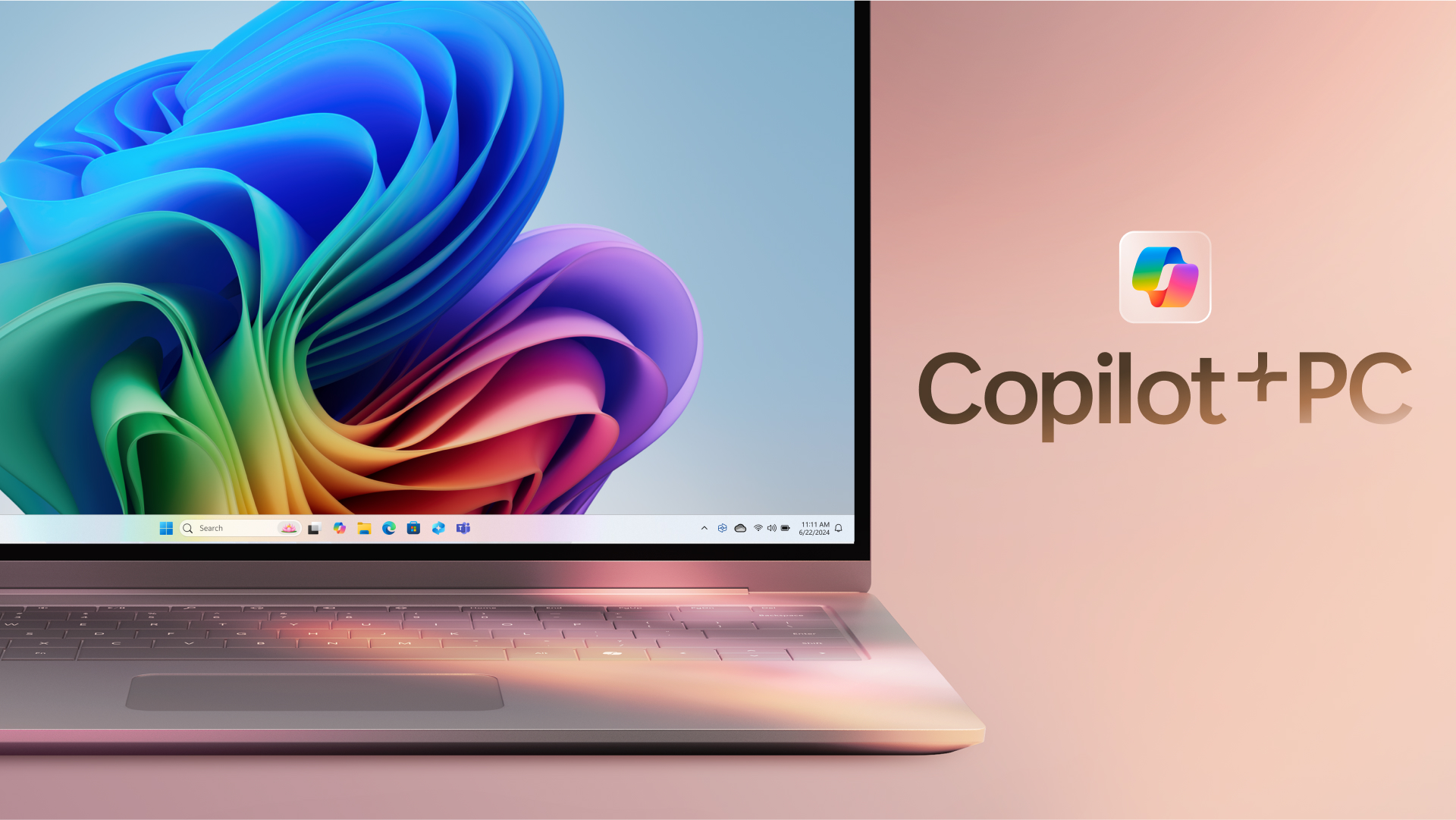
Processors with AI capabilities have recently become popular, especially with the launch of the Qualcomm Snapdragon X, AMD Ryzen AI 300, and the Intel Core Ultra 200V processors, which feature NPUs that deliver 40 TOPS and up. However, IDC Research says that the adoption of these AI PCs, especially the Windows Copilot+ PCs, is largely driven by the need to purchase new computers or upgrade existing laptops—not because of their AI capabilities.
“While AI has been a buzzword of late, it has yet to be a purchase driver among PC buyers,” says Worldwide Mobile Device Trackers research manager Jitesh Ubrani. “Businesses certainly recognize the importance of AI though many struggle to see the immediate use case and instead are opting for AI PCs as a means to futureproofing.” He also said that most retail customers do not appreciate the advantages that the on-chip Neural Processing Unit (NPU) brings.
Laptop manufacturers still need to spell out the advantages of an NPU so that buyers can appreciate the capabilities of an AI PC for day-to-day use. Despite Microsoft’s aggressive marketing of its Copilot+ PCs, short-term adoption remains somewhat modest. That said, since all new AMD, Intel, and Qualcomm processors have built-in NPUs, we expect AI PC sales to grow exponentially in the coming years.
Tablet sales growth outpacing traditional computers
Although the sales of AI PC are expected to grow slowly but surely, computers in general are expected to remain flat in 2024, with growth slowing down to just 0.3%. This number is pulled down by the economic challenges experienced by China, as the global market, excluding the East Asian power, is expected to grow by 2.8%.
However, this slowdown in PC sales is offset by the growth of tablet sales. The latter is expected to hit a 7.2% increase this year, largely driven by the refresh cycle as companies release new models with better performance numbers and larger screens. What’s interesting is that this growth isn’t driven by the traditional tablet powerhouse, the iPad, but by the aggressive moves of Android tablet makers.
“The first half of 2024 showed how aggressive some of the Android vendors have been in competing in the tablet market, maximizing on the opportunities for sustainable demand for tablet devices in emerging regions such as Asia/Pacific (excluding Japan), the People’s Republic of China (PRC), and Central and Eastern Europe,” said IDC Mobility and Consumer Device Tracker senior research analyst Anuroopa Nataraj. “Adoption rates are expected to climb in the short term as the market continues to evolve with newer tablet models with upgraded chips, larger screens, and connectivity. And the device replacement cycle is only going to push the growth further.”
Nevertheless, the long-term growth of tablets is expected to slow to near 0% by 2028, especially as these devices still do not offer the whole performance that most users expect from laptops. Furthermore, the increasing efficiency leading to extended battery life and thinner form factors delivered by the latest generation of x86 and Arm processors, as well as the inclusion of touchscreen interfaces on many new PC models, might make purchasing a tablet a moot point for many buyers in the future.







